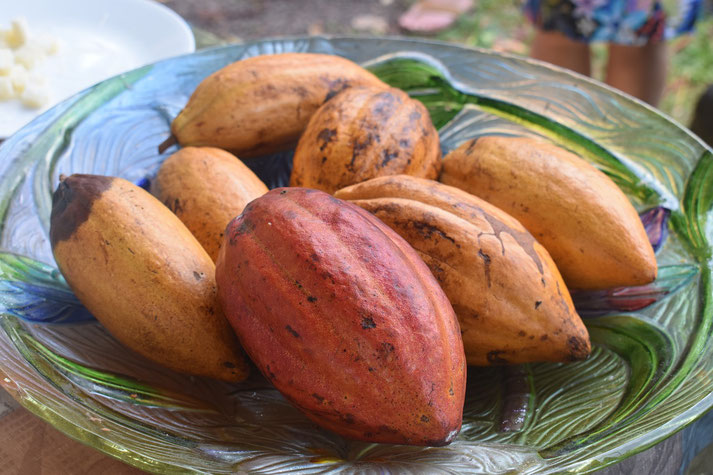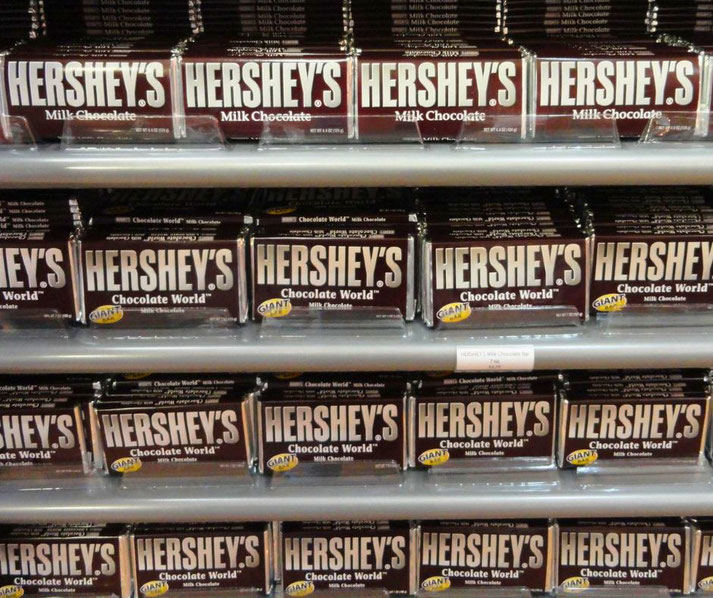From Aztec aphrodisiac to modern treat: The sweet history of chocolate

Chocolate has travelled a long way from sacred rituals in ancient Mesoamerica to become a global commodity found in homes, shops, and celebrations around the world.
However, each phase of its development is part of a larger history of trade, empire-building, and the dramatic mechanisations of production.
Sacred Origins: Cacao in Olmec and Maya Civilisations
In the rainforests of Central America, the earliest evidence of cacao use dates to the Olmec civilisation around 1500 BCE.
Archaeological discoveries of pottery vessels containing cacao residues from sites such as El Manatí and San Lorenzo suggest that the Olmecs consumed cacao in liquid form, although its exact preparation remains uncertain.
Later, the Maya built on this tradition by developing a complex system of cultivation and ceremonial use.
Cacao, known in their language as kakaw, appeared in religious writings, visual art, and high-status social customs.
They used cacao beans to produce a thick, spiced beverage that they consumed during feasts and rites, sometimes involving marriage ceremonies or offerings to deities.
Glyphs from sites such as Calakmul and Rio Azul described cacao as a divine gift, and artistic depictions showed rulers drinking chocolate from elaborately decorated cups.
Similar references to cacao also appeared in the Popol Vuh, the sacred K'iche' Maya text.
Further north, the Aztecs placed cacao at the centre of their economic and spiritual life.
In the capital of Tenochtitlan, cacao beans were both food and money. People paid taxes using sacks of cacao beans, and merchants guarded them as carefully as silver. A turkey hen might cost around 100 cacao beans.
The Aztec word xocolatl referred to a cold, unsweetened drink made from roasted cacao, water, and spices such as chilli and annatto.
Nobles and warriors consumed it to promote energy and alertness. Foreigners recorded how Emperor Montezuma II reportedly drank up to 50 cups a day before meetings and battles, suggesting that the Aztecs attributed practical value to its stimulating properties.
This figure appears in Spanish accounts and may reflect exaggeration or awe instead of offering a precise measurement.
Spanish conquistadors, including Hernán Cortés, encountered cacao during their invasion.
Early accounts by men such as Bernal Díaz del Castillo and Bernardino de Sahagún described its widespread use.

Chocolate's Arrival in Europe
Following the conquest of the Aztec Empire in 1521, cacao crossed the Atlantic and entered the European diet.
Spanish colonists initially viewed it with suspicion, given its bitter taste and links to indigenous religion.
However, once they added sugar, cinnamon, and milk, it gained popularity among the Spanish elite.
Within a few decades, cacao became a luxury commodity in European courts. It appeared in Spanish monasteries, where monks debated whether it broke the rules of fasting.
By the mid-17th century, chocolate had spread to France and Italy and Anne of Austria, wife of Louis XIII, helped make chocolate fashionable in the French court.
In London, the first chocolate house opened in 1657, offering sweetened cacao drinks to customers willing to pay a high price for novelty and status.
To meet rising demand, European empires expanded cacao cultivation into their American colonies.
The Spanish introduced cacao plantations to Venezuela, Trinidad, and the Philippines. The Portuguese did the same in Brazil.
From the 17th century onwards, colonial officials relied on the transatlantic slave trade to supply labour.
Enslaved Africans worked on cacao plantations under cruel conditions, and their forced labour made chocolate affordable for growing numbers of European consumers.
By the 18th century, enslaved workers carried out the majority of cacao production in regions such as Bahia and coastal Venezuela.
Over time, production shifted to Caribbean islands and eventually to West Africa.
The practicular framework of the Asiento system, primarily in the Spanish Empire, played an indirect role in facilitating this forced migration and commercial integration.
By the 19th century, regions such as São Tomé and Príncipe, Ghana, and the Ivory Coast became central to the cacao trade.
Industrial Innovation and the Chocolate Bar
Significant changes to chocolate’s form and availability began during the Industrial Revolution.
In 1828, Dutch chemist Coenraad van Houten developed a method for pressing roasted cacao beans to remove cocoa butter using a hydraulic press.
His process produced a dry, powdery substance that dissolved easily in water and tasted less bitter.
The invention of “Dutch cocoa” revolutionised chocolate making and paved the way for further innovations.
In 1847, the Fry family in England, trading as J.S. Fry & Sons, created the first modern chocolate bar by using a mixture that combined cocoa powder, melted cocoa butter, and sugar.
Then, Swiss manufacturers, including Daniel Peter and Henri Nestlé, later added condensed milk to produce milk chocolate in 1875.
Rodolphe Lindt’s invention of the conching machine in 1879 gave chocolate a smoother texture, improving its taste and making it easier to mould into bars.
Finally, Hershey produced its first moulded bar in 1900, and Cadbury launched its Dairy Milk bar in 1905 with a higher milk content that quickly became a favourite.

By the early 20th century, chocolate had entered mass production. Companies such as Cadbury, Hershey, and Nestlé built large factories and created brands that targeted consumers across Europe and North America.
Milton Hershey founded an entire town in Pennsylvania based on the chocolate industry. A
dvertisements promoted chocolate as a nutritious food, suitable for children, workers, and soldiers.
During World War I and World War II, military rations included chocolate bars, such as the U.S. Army’s D Ration and Tropical Bar.
Soldiers often wrote home about the comfort chocolate provided, and it became a symbol of reward associated with holidays, birthdays, and romantic gestures.
Chocolate in the Modern World
Throughout the 20th century, global cacao production expanded, particularly in West Africa.
Today, Ivory Coast and Ghana account for more than half of the world’s cacao supply.
However, concerns over unethical labour practices, which include underage workers being employed, farmers receiving poor wages, and ecosystems suffering environmental damage, have drawn attention to the darker side of chocolate production.
Campaigns promoting Fairtrade and other certification systems, such as Rainforest Alliance and UTZ Certified, which launched in the late 20th and early 21st centuries, aim to improve working conditions and support more sustainable farming methods.
The 2001 Harkin-Engel Protocol was an early international effort to address child labour in the cacao industry.
What do you need help with?
Download ready-to-use digital learning resources
Copyright © History Skills 2014-2025.
Contact via email
With the exception of links to external sites, some historical sources and extracts from specific publications, all content on this website is copyrighted by History Skills. This content may not be copied, republished or redistributed without written permission from the website creator. Please use the Contact page to obtain relevant permission.





